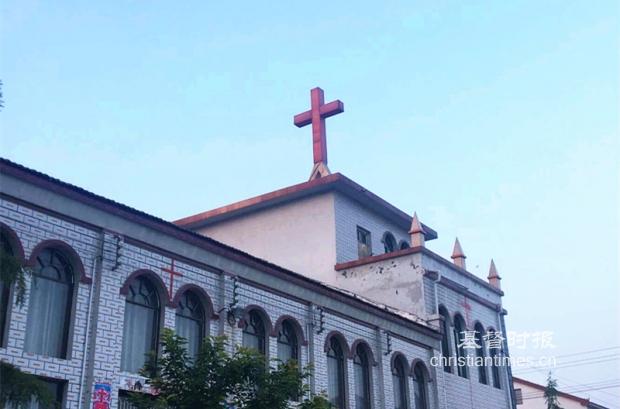A scholar shared six images of rural Christianity in China through a literature review.
Themed "Indigenization and Discourse Construction in the Study of the Sociology of Religion in the New Era", the 2021 Academic Annual Conference of the Chinese Sociological Association was hosted at Southwest University in Chongqing, from 16 to 18 July.
In the sub-forum of the theory of religious sociology in the 2021 conference, hosted by the Chinese Sociological Society held on July 17, Huang Haibo, an associate researcher at the Institute of Religious Studies, Shanghai Academy of Social Sciences, gave a lecture titled “Research on an Academic Construction of the Contemporary Christianity Image in China - A Comprehensive Text Analysis Based on Empirical Research in 21st Century”.
“Image construction is not a simple reproduction of something,” Huang explained. “It is an image formed by selecting and strengthening, shielding and highlighting the various characteristics of real things under the existing knowledge framework in combination with the purpose of communication.”
The deputy secretary-general of Religious Sociology Committee of Chinese Society of Social Sciences shared his research from three aspects: the history and reality of Christianity image construction, the empirical study of contemporary Chinese Christianity, and the contemporary Christian image constructed in the empirical study.
“Since Christianity was introduced into China, there have been different manifestations in different historical eras,” he briefly reviewed the construction of the image since Christianity entered China.
Since the Ming Dynasty, foreign missionaries took Jesus as a symbol and wanted to show the original appearance of Jesus to the Chinese people. The anti-clerics and clerics expounded their understanding of Christianity in Confucianism. There were many variations of the image of Jesus in civil society.
By the 1920s, with the development of media, various rich changes had taken place in the image of Christianity. Especially in the anti-Christian movement, Christian intellectuals created the image of Jesus for the defense of Christianity. Especially during the Anti-Japanese War, Christian intellectuals reinterpreted and demonstrated the image of Jesus as a “patriot” with nationalism. But the non-teaching elements also received criticism. In literary works, some authors expounded and shaped the image of Christianity.
With the main research interests in Marxist religious theory research, religious sociology theory and empirical research, religious charity research, and contemporary Christianity, Huang selected rural images of Christianity as the key image and summarized the six different categories of images from relevant research papers on contemporary rural Christian experience.
The first was the positive image. The positive functions of Christianity have attracted great attention, including the aspects of psychological or spiritual adjustment, morality, communication or integration, ignorance demand satisfaction, cultural entertainment, and order stability.
The second image was the utilitarian image of religious belief driven by practical reason. Why rural believers believed in religion was the second most concerned topic. All the discourses about the reasons for conversion pointed to utilitarianism and it was thought that the conversion of the rural population was mainly based on the consideration of practical interests.
The image of localized practitioners who strived to balance between self-improvement and self-maintenance led to how Christianity was adapted to the traditional customs, lifestyles, and relationship patterns in the rural environment.
The fourth image was of marginal people in local society. Although Christianity had a certain scale in rural areas, its influence and attraction were very limited. In fact, it could not replace the existing organizations in rural areas, and it could not change many root causes of religious belief.
As an image of “folk religion”, there was no essential difference between rural Christians and folk religious believers in their belief psychology, and they all regarded efficacy as the core belief element.
The image of a harmful thing interpreted that on the personal level, rural Christians showed superstition and irrationality. Too often Christianity affected normal production and life and the adverse effects and harms of social strata were more concerned.
- Translated by Charlie Li












